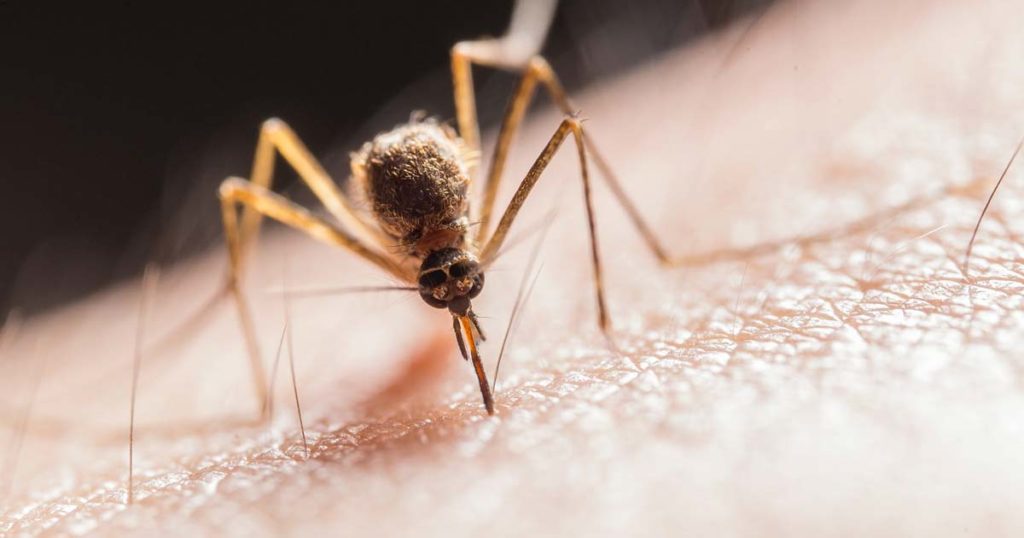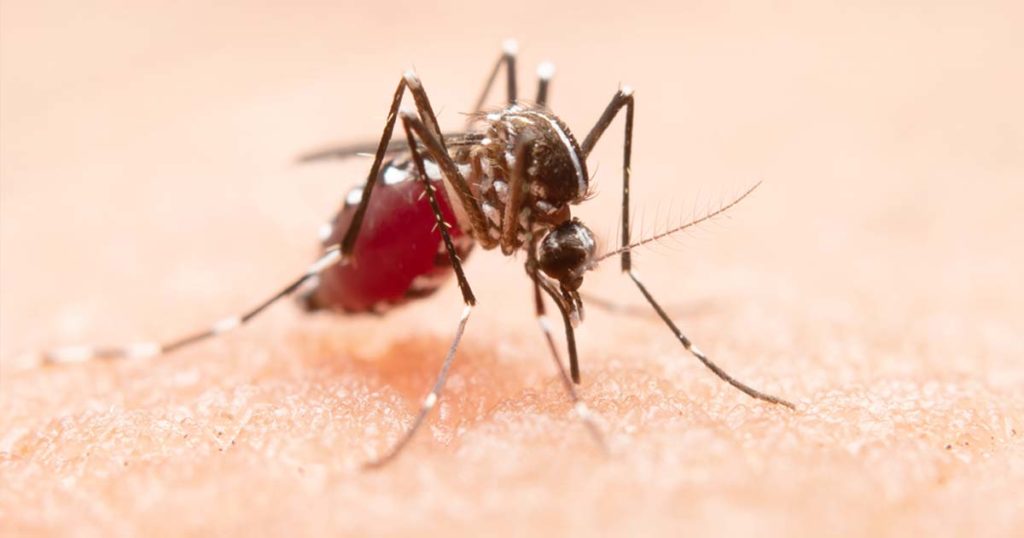The question of how to eat healthy is an important one that every family should evaluate. Eating “healthy” typically conjures up images of piles of steamed broccoli or munching away on a raw carrot. Buying healthy foods involves avoiding fat, cholesterol and eating more whole grains. In fact, there is more to eating healthy than what is immediately obvious, and that involves how the food was raised or grown.
What is Organic Food?
People who choose to eat Organic foods all have their own reasons, and those who do not purchase organic foods often ignore the option as too expensive and settle for conventionally grown and raised foods because the Government has protocols in place to keep us and our food safe and healthy. If you were to look into the issue a little, you would find that organic foods available in the store only scrape the surface of what eating healthy entails.
The basics of organic foods are that farmers are not using pesticides on the crops to kill the bugs, and that they are not using Genetically Modified Organisms (GMO’s) in their crops. The USDA National Agricultural Library goes into more depth about this, but that’s a basic working definition for the average layperson. Likewise, animals have to have access to pasture, and there are rules about antibiotic usage for organic meats.
It is interesting to note that the United States Government does not require the labeling of GMO’s, so while you may not care if you eat these foods, it is interesting to wonder why the general public is not allowed the choice.
It is also interesting to note that cows and chickens allowed to eat grass as their bodies intended, allows a much lower incidence of disease and produces healthier milk, eggs and meat. Conventionally raised meats are fed a corn byproduct feed in tight enclosures called a feed lot with the idea of fattening the animal as fast as possible to rush its harvest and subsequent placement on our dinner table.
What are Genetically Modified Organisms? (and why you should care)
A genetically modified food, basically, is one whose seed was genetically modified in order to serve a purpose for the farmer (and sometimes the producer of the seed as well). For example, one big one is Monsanto’s Round Up Ready seeds: seeds that have had their DNA modified such that the farmer can spray round up directly on the crops and it will kill the weeds but the crop will continue to grow. This includes much of the Soy, cotton, corn, sugar beets, alfalfa and canola grown in the USA today.
The irony of GMO seed is that the engineer of the seed then “owns” the seed, which makes it illegal for a farmer to save his seed to replant next year (forcing him to purchase new seed every year). Very little information is known about the long-term impact on health from the ingestion of GMO foods, although there is some information available that hints at the less than pleasant side effects. See de Vendômois JS, Roullier F, Cellier D, Séralini GE. A Comparison of the Effects of Three GM Corn Varieties on Mammalian Health. Int J Biol Sci2009; 5(7):706-726.
The easiest way to eat healthy, then, is to simply eat local, in-season foods. Many places have farmer’s markets year round that will not only have you eating more healthy foods, but will have you saving money and supporting local farmers. The bottom line is to do your research. Find out what you are eating and how it was raised. Know the difference between organic foods and conventional foods and find out why you should care – your health and your family’s health depend on it.






